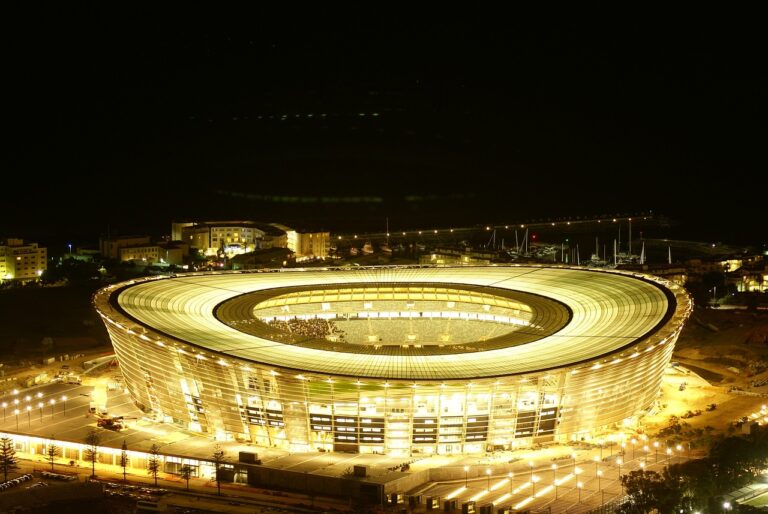Challenges and the Future of Tourism in Morocco
Tourism has long been considered one of the key drivers of economic growth for many nations, and Morocco is no exception. With its rich historical heritage, diverse landscapes, and vibrant culture, Morocco stands as a compelling destination on the global tourism map. However, like many countries, it faces a unique set of challenges that could impact the future of its tourism industry. In this blog post, we will explore the current state of tourism in Morocco, examine the challenges that the sector faces, and consider the potential paths forward for sustainable growth.
The Current State of Tourism in Morocco
Before delving into the challenges, it is crucial to understand the importance of tourism to Morocco’s economy. Prior to the onset of the COVID-19 pandemic, tourism accounted for approximately 7% of the nation’s GDP. The country welcomed around 13 million visitors in 2019, creating jobs and boosting local economies, especially in major cities such as Marrakech, Fes, and Casablanca. The Marrakech International Film Festival, the Fes Festival of World Sacred Music, and the annual Erfoud Date Festival are just some of the cultural events that attract visitors and contribute to the country’s appeal.
Morocco’s unique offerings—from its Sahara Desert landscapes to the Alpine Atlas Mountains, vibrant souks, and historic medinas—provide an array of experiences that cater to diverse tourist interests, ranging from adventure seekers to cultural connoisseurs. The country’s promotional efforts have focused on its hospitality, mouth-watering cuisine, and the warmth of its people, which form an integral part of the Moroccan tourism narrative.
Challenges Facing the Tourism Sector
Despite its many strengths, the Moroccan tourism sector is grappling with various challenges that jeopardize its sustainable growth and appeal. Below are some of the primary issues at hand:
1. Impact of COVID-19
The COVID-19 pandemic has had a devastating impact on global tourism, and Morocco is no exception. As travel restrictions were implemented and borders closed in 2020, the nation saw a sharp decline in international arrivals. According to reports, tourism revenue dropped by as much as 70% in 2020 compared to 2019. Although the situation is gradually improving as vaccination rates rise and travel restrictions ease, the long-term repercussions on infrastructure, employment, and investment in the sector are far from resolved.
2. Sustainable Tourism Development
Even before the pandemic, Morocco faced challenges related to sustainable tourism. Rapid development and a boom in visitor numbers in key destinations have led to overwhelming strains on local ecosystems and cultural sites. Unregulated tourism can result in environmental degradation, including deforestation, water scarcity, and pollution, while the cultural authenticity of destinations risks being diluted in favor of commercialism. Striking a balance between economic benefits and environmental protection is essential for ensuring the long-term viability of tourism.
3. Infrastructure Limitations
While Morocco has made significant strides in improving its tourism infrastructure, challenges remain. Inadequate transportation networks, particularly in rural and less-visited areas, can impede access for tourists wishing to explore the country’s diverse offerings. Additionally, the hospitality sector in some regions grapples with a shortage of high-quality accommodations, which can deter potential visitors. Continuous investment in infrastructure is crucial to enhance connectivity and ensure a seamless visitor experience.
4. Political and Social Stability
Tourism thrives in environments of political stability and social cohesion. While Morocco is generally considered safe for tourists, regional tensions and socio-economic disparities can affect visitors’ perceptions. Issues such as unemployment and youth disillusionment may breed unrest, which can deter potential tourists. Addressing social grievances and fostering a sense of inclusion will be vital for preserving the tourism sector and building a positive reputation.
5. Competition from Other Destinations
As global travel resumes post-pandemic, Morocco faces increased competition from other destinations. Countries that have also promoted their unique heritage, landscapes, and cultures may entice travelers away from Morocco. It is essential for Morocco to articulate its competitive advantages and differentiate itself through strategic branding and marketing efforts that resonate with the evolving preferences of travelers.
The Future of Tourism in Morocco
Despite the challenges, the future of tourism in Morocco holds significant potential. With a strategic focus on sustainability, innovation, and authentic cultural experiences, the country can breathe new life into its tourism sector. Here are some key considerations for shaping the future:
1. Emphasizing Sustainable Tourism Practices
Sustainability should be the cornerstone of Morocco’s tourism strategy moving forward. This includes promoting eco-tourism initiatives that protect natural and cultural resources while providing economic benefits to local communities. The government and private sector can join forces to create programs that encourage responsible travel, conservation efforts, and community engagement.
2. Leveraging Digital Transformation
The pandemic has accelerated the digital transformation of various industries, and tourism is no exception. Embracing technology to enhance the visitor experience is essential. This could involve implementing online booking systems, virtual tours, and digital marketing efforts to engage potential travelers. Additionally, utilizing data analytics can help stakeholders better understand traveler preferences and adapt offerings accordingly.
3. Diversifying Tourist Offerings
To attract a broader range of tourists, Morocco should consider diversifying its tourist offerings. Beyond its well-known cities, promoting lesser-known regions, adventure tourism, wellness retreats, and culinary experiences can entice visitors seeking novel experiences. Cultural tourism, which showcases Morocco’s unique heritage and artistic diversity, could gain traction as travelers become increasingly interested in immersive experiences.
4. Strengthening Regional Collaboration
Regional collaboration among tourism stakeholders—government, private sector, local communities, and non-governmental organizations—can enhance efforts to create a cohesive tourism strategy. Sharing resources and expertise can foster innovative solutions to common challenges and promote cross-border tourism initiatives that tap into neighboring countries’ attractions.
5. Investing in Human Capital
Training programs focused on hospitality, language, and customer service can equip the local workforce with the skills needed to provide high-quality service to tourists. Empowering communities through education and employment opportunities fosters pride in local culture and enhances the visitor experience.
Conclusion
As the world gradually recuperates from the impacts of the COVID-19 pandemic, Morocco stands at a crossroads in its tourism journey. By addressing existing challenges with a strategic focus on sustainability, digital transformation, diversification, collaboration, and human capital development, Morocco has the potential to not only restore its tourism sector but also position itself as a leader in responsible tourism on the global stage. Through concerted efforts, the future of tourism in Morocco can be bright, economically vibrant, and culturally rich, appealing to travelers for generations to come.






